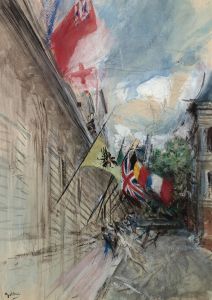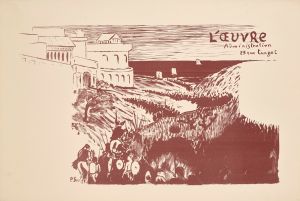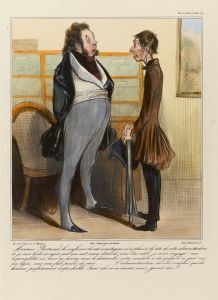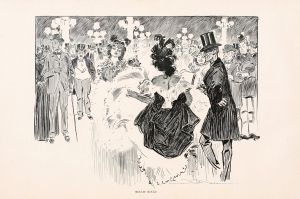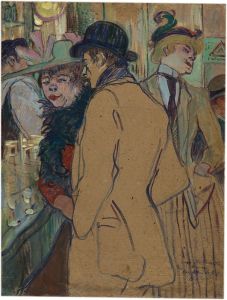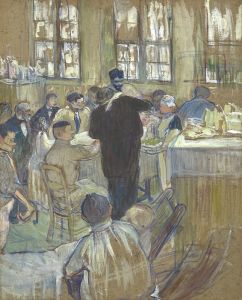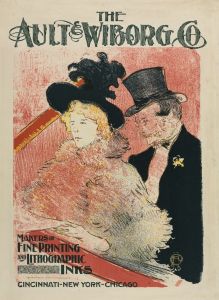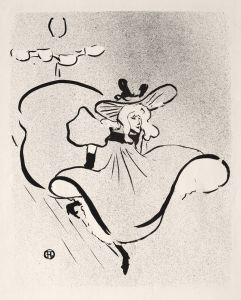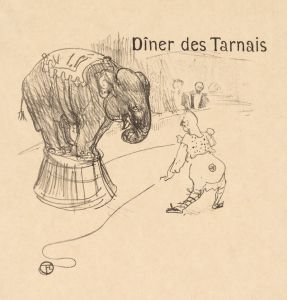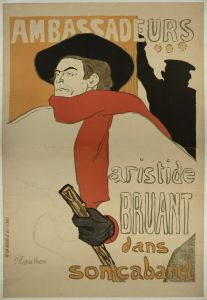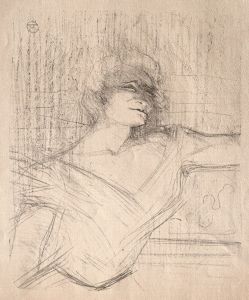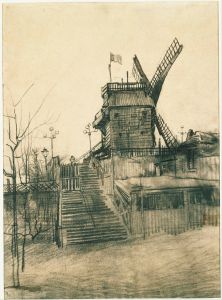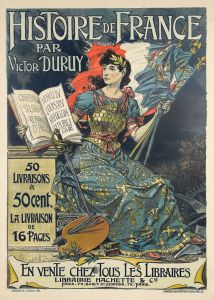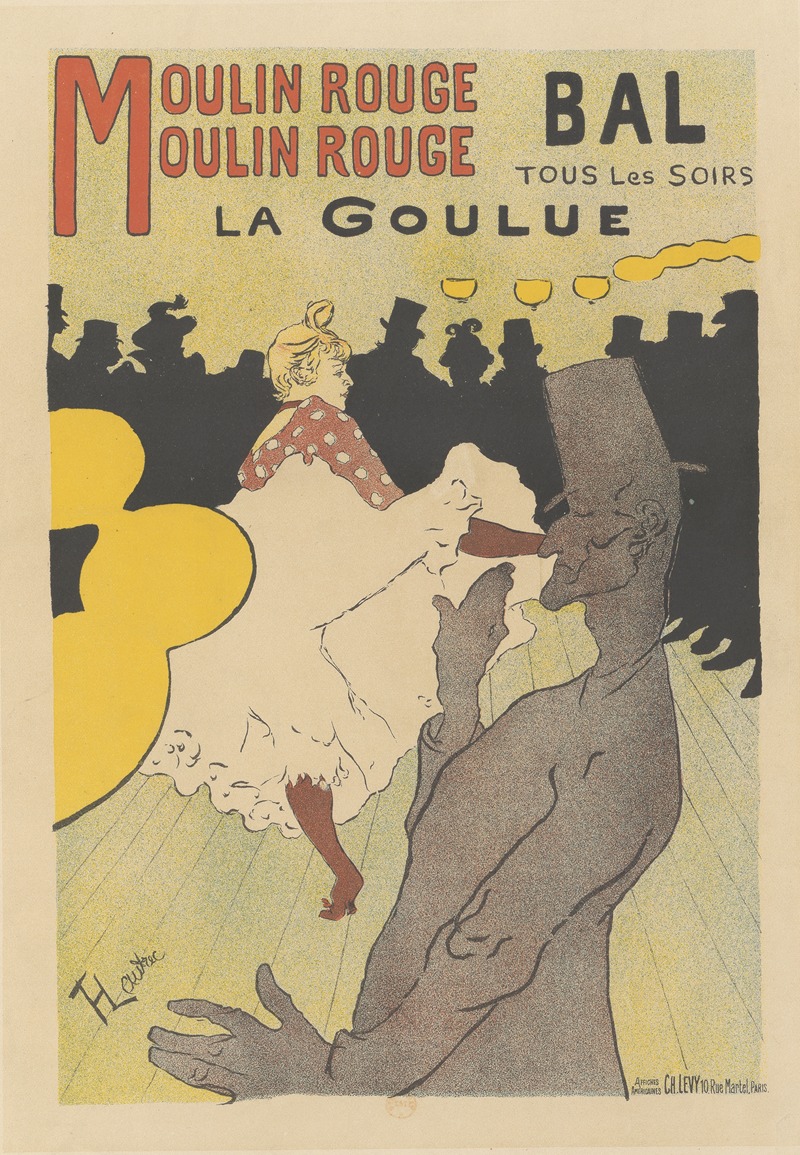
Moulin Rouge, Moulin Rouge, Bal, Tous les Soirs, La Goulue
A hand-painted replica of Henri de Toulouse-Lautrec’s masterpiece Moulin Rouge, Moulin Rouge, Bal, Tous les Soirs, La Goulue, meticulously crafted by professional artists to capture the true essence of the original. Each piece is created with museum-quality canvas and rare mineral pigments, carefully painted by experienced artists with delicate brushstrokes and rich, layered colors to perfectly recreate the texture of the original artwork. Unlike machine-printed reproductions, this hand-painted version brings the painting to life, infused with the artist’s emotions and skill in every stroke. Whether for personal collection or home decoration, it instantly elevates the artistic atmosphere of any space.
Henri de Toulouse-Lautrec's painting "Moulin Rouge, Moulin Rouge, Bal, Tous les Soirs, La Goulue" is an iconic work that captures the vibrant nightlife of Paris in the late 19th century. Toulouse-Lautrec, a French painter, printmaker, draughtsman, and illustrator, is renowned for his depictions of the bohemian lifestyle in Montmartre, a district in Paris known for its lively entertainment scene.
The painting is one of several works by Toulouse-Lautrec that focus on the Moulin Rouge, a famous cabaret that opened in 1889. The Moulin Rouge quickly became a symbol of the exuberant and often decadent nightlife of Paris, attracting a diverse clientele that included artists, writers, and the bourgeoisie. Toulouse-Lautrec was a frequent visitor and was commissioned to create promotional posters for the venue, which helped to cement its reputation and his own as a chronicler of Parisian nightlife.
"La Goulue," whose real name was Louise Weber, is a central figure in this painting. She was one of the most famous dancers at the Moulin Rouge and was known for her charismatic and bold performances. Her stage name, which translates to "The Glutton," reflects her reputation for living life to the fullest. Toulouse-Lautrec's depiction of La Goulue captures her dynamic presence and the energy of the dance hall, with its swirling skirts and lively atmosphere.
The painting is characterized by Toulouse-Lautrec's distinctive style, which combines elements of Impressionism and Art Nouveau. His use of bold lines, vibrant colors, and exaggerated forms conveys the movement and excitement of the scene. Toulouse-Lautrec often used innovative techniques, such as lithography, to produce his works, allowing for greater experimentation with color and form.
Toulouse-Lautrec's work is notable for its focus on the human figure and its ability to convey the personalities and emotions of his subjects. In "Moulin Rouge, Moulin Rouge, Bal, Tous les Soirs, La Goulue," he captures not only the physical likeness of La Goulue but also the essence of her character and the spirit of the Moulin Rouge itself. The painting serves as both a celebration of the cabaret's vibrant culture and a commentary on the social dynamics of the time.
The painting is part of a larger body of work by Toulouse-Lautrec that documents the nightlife of Montmartre and its inhabitants. His art provides valuable insights into the cultural and social milieu of fin-de-siècle Paris, highlighting the interplay between art, entertainment, and society. Toulouse-Lautrec's unique perspective and artistic innovation have left a lasting impact on the art world, influencing subsequent generations of artists.
Today, Toulouse-Lautrec's works, including "Moulin Rouge, Moulin Rouge, Bal, Tous les Soirs, La Goulue," are celebrated for their historical significance and artistic merit. They offer a window into a bygone era, capturing the spirit of a time and place that continues to fascinate audiences worldwide. The painting remains an enduring symbol of the Moulin Rouge and the vibrant cultural landscape of late 19th-century Paris.





